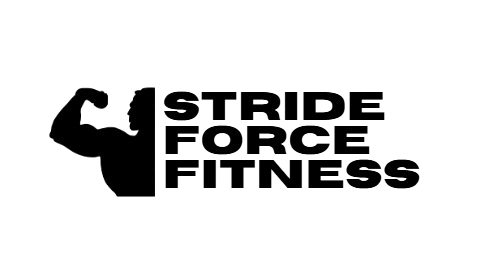
Why Your Core Isn’t Just Abs — It’s Your Power Center
Share
The Core Misconception
When most people think of the “core,” they picture six-pack abs. But your core is far more than that — it’s a network of over 30 muscles connecting your upper and lower body. From your deep stabilizers to your obliques, your core acts as the foundation for almost every movement you make, both in and out of the gym.
The True Role of the Core
Your core’s main job isn’t just to look defined — it’s to stabilize and transfer power. Whether you’re sprinting, squatting, or simply reaching for something on a high shelf, your core is what keeps your spine aligned and your body balanced. A weak core can lead to poor posture, inefficient movement, and increased injury risk.
Strength Comes from the Inside Out
Building core strength enhances performance in every type of training — from lifting heavier weights to improving endurance and coordination. Exercises like dead bugs, planks, and anti-rotation movements train your deep stabilizers, creating a foundation that boosts strength and athletic control.
Core Training Beyond Crunches
Crunches alone won’t cut it. To truly develop your power center, you need multidirectional movement — twisting, reaching, and stabilizing through compound lifts and functional exercises. Incorporating resistance bands or balance tools, like StrideForce’s stability discs, can challenge your core in new ways that mirror real-life motion.
The Core-Mind Connection
Your core is also tied to how you move and breathe. Controlled breathing activates deep muscles like the transverse abdominis, improving form and endurance. Think of your core as your internal control center — the place where strength, balance, and coordination meet.
